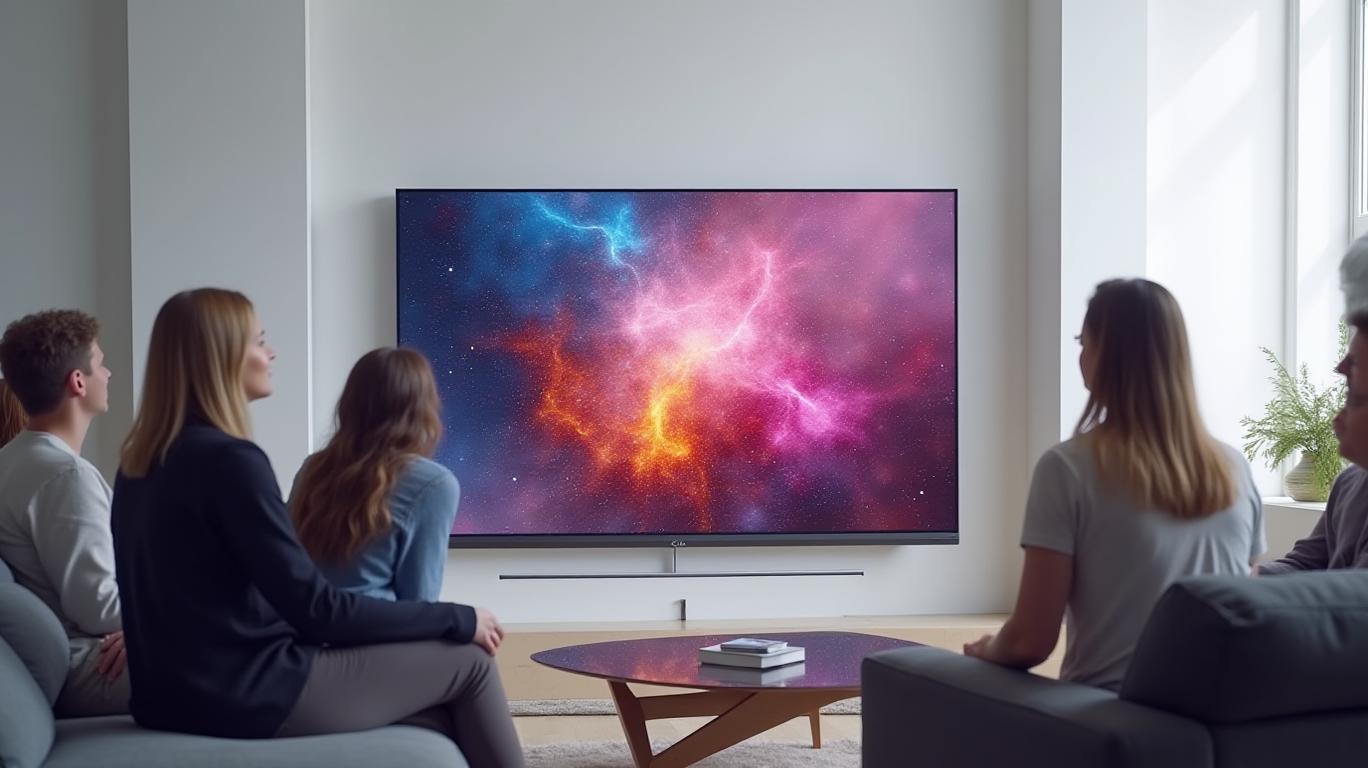TCL's Strategic Play: How a $1.6B Stake Purchase Secures Dominance in Display Tech
TCL Technology Group's recent acquisition of an additional 21.5% stake in Shenzhen China Star Optoelectronics (CSoT) for CNY 11.6 billion ($1.6 billion) marks a bold move to cement its position as a global leader in semiconductor display technology. This strategic purchase, combined with its earlier $1.5 billion acquisition of LG Display's Guangzhou LCD plant, signals TCL's ambition to dominate both the LCD and OLED markets—and investors should take note.

Why This Acquisition Matters: Supercharging Production & Cutting Costs
The deal gives TCL greater control over CSoT, a key subsidiary already producing OLED panels for medical devices, IT products, and TVs. By increasing its stake, TCL can streamline operations, reduce redundancy, and leverage economies of scale. The Guangzhou plant alone adds 10 million TV panels annually, boosting TCL's capacity to meet surging global demand. With CSoT's advanced inkjet-printed OLED technology nearing mass production—a breakthrough that cuts costs by 30%—TCL is positioned to undercut rivals in both price and innovation.
R&D Synergies: Betting on the Future of Displays
The real goldmine here is technological synergy. CSoT's R&D pipeline includes cutting-edge projects like Micro LED (for AR/VR) and high-brightness outdoor OLEDs, showcased at ISE 2025. By consolidating control, TCL can fast-track these innovations, targeting high-margin markets like professional signage and medical devices. Consider this: Apple's recent moves to diversify OLED suppliers (hinting at CSoT's inclusion) could unlock a $10 billion opportunity if TCL secures a slice of Apple's supply chain.
Valuation: A Steal at 17.2% of Equity Value?
The math here is compelling. CSoT's total equity stands at CNY 44.2 billion (as of October 2024), making 21.5% of that equity worth CNY 9.5 billion. Yet TCL is paying CNY 11.6 billion—a premium, yes, but justified by CSoT's CNY 68.7 billion in total assets, which include advanced manufacturing facilities and IP. More importantly, the price-to-assets ratio of 17% suggests significant undervaluation, especially given the synergies TCL can unlock.
Risks? Yes, But Manageable for Long-Term Gains
- Regulatory hurdles: Approval from Chinese authorities is pending, but TCL's board has already greenlit the deal.
- Industry overcapacity: LCD oversupply remains a risk, but TCL's focus on OLED diversification and premium markets (e.g., medical displays) mitigates this.
- Execution risk: Integrating CSoT's R&D with TCL's operations is complex, but the companies' existing collaboration (e.g., the LG plant acquisition) bodes well.
The Bottom Line: TCL is Playing to Win
TCL is not just buying a stake—it's buying control over the future of displays. With a $1.6B price tag that's a fraction of CSoT's asset value, this is a value-driven play with exponential upside. As global demand for OLEDs in smartphones, TVs, and wearables surges, TCL's leadership in inkjet-printed OLEDs and strategic asset consolidation could make it the next Samsung in display tech.
Investors ignoring this move risk missing out on a once-in-a-decade opportunity to back a dominant player in a $120 billion industry. Act now—or watch TCL's stock soar while you're left behind.

Comments
No comments yet